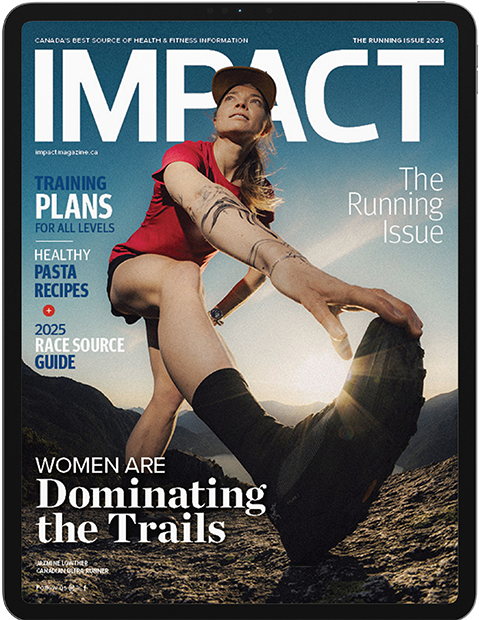For many the 50-kilometre race is their first entry to ultra racing and even though it’s the shortest ultra, it certainly shouldn’t be underestimated. These races are often FAST, and elevation gain can add up quickly. This training plan is intended for someone who has a bit of a training history and is comfortable running two to three times per week with a long run distance in the 20-to-25-kilometre range. Twelve weeks is a short amount of prep time if you’re starting from scratch but if you’re coming from a good base and adding a structured plan, you’ll be in good shape.
Training Goals:
- Our primary goal is to get sufficient running volume in. This means most of the plan has easy or long runs. We use an effort scale of 0-10 and an easy or long run should be around a 4/10. This is a conversational pace and requires an athlete to consciously go slower than often feels most pleasurable.
- Tuesdays are intensity workouts. These are higher RPE ranges from 6 which is kind of “fun hard” to 8 which is really just “hard hard.” Your one-mile efforts at a RPE of 9 aren’t flat out but should feel like quite fast running. Your goal should be to maintain a consistent effort through these sessions without significantly slowing down throughout the workout. All intensity sessions should start with a ~15 min warm-up and finish with a similar cool down. Recovery time between the intervals is listed in brackets with the intervals and can be very slow jogging or walking. Intensity sessions should be primarily on runnable trail terrain. These can be relatively flat or rolling. Hill sessions should be uphill—running or power hiking (or a mix).
- Look ahead to what your race has for vertical and terrain. Your runs should be on trails that ideally match the expected terrain in your race. If you’re doing a mountain race, get on trails with lots of vertical. If you’re doing a flatter and faster race, get on those buff, single-track routes. Use your long runs to test your gear and your nutrition ahead of race day. This is one of your single most useful tools—make sure those foods are palatable at the end of a long run and that your shoes/vest/whatever doesn’t chafe you.
Maintain Consistency:
Maintaining structure and consistency is critical. Try not to stack your sessions all in one part of the week. If you miss a workout, sometimes it just makes sense to leave it behind rather than try
to make it up. Monitor for excessive fatigue and small injuries that could get worse. Remember the process is supposed to be fun—enjoy your training and good luck at your race.
50 km Trail Race Training Program
Photography: Ty Holtan
You may also like: 2024 Trail Running Shoe Review

Read This Story in Our 2025 Running Issue
IMPACT Magazine Running Issue 2025 featuring some incredible Canadian women ultrarunners who are on the rise on the world trail stage. Run your way around the world to earn your six star Abbott World Marathon Majors commemorative medal. Train for 10 km right up to a marathon – plus a 50 km trail run and 70.3 program. Strength workouts for runners, carb load with these pasta recipes and so much more.

















